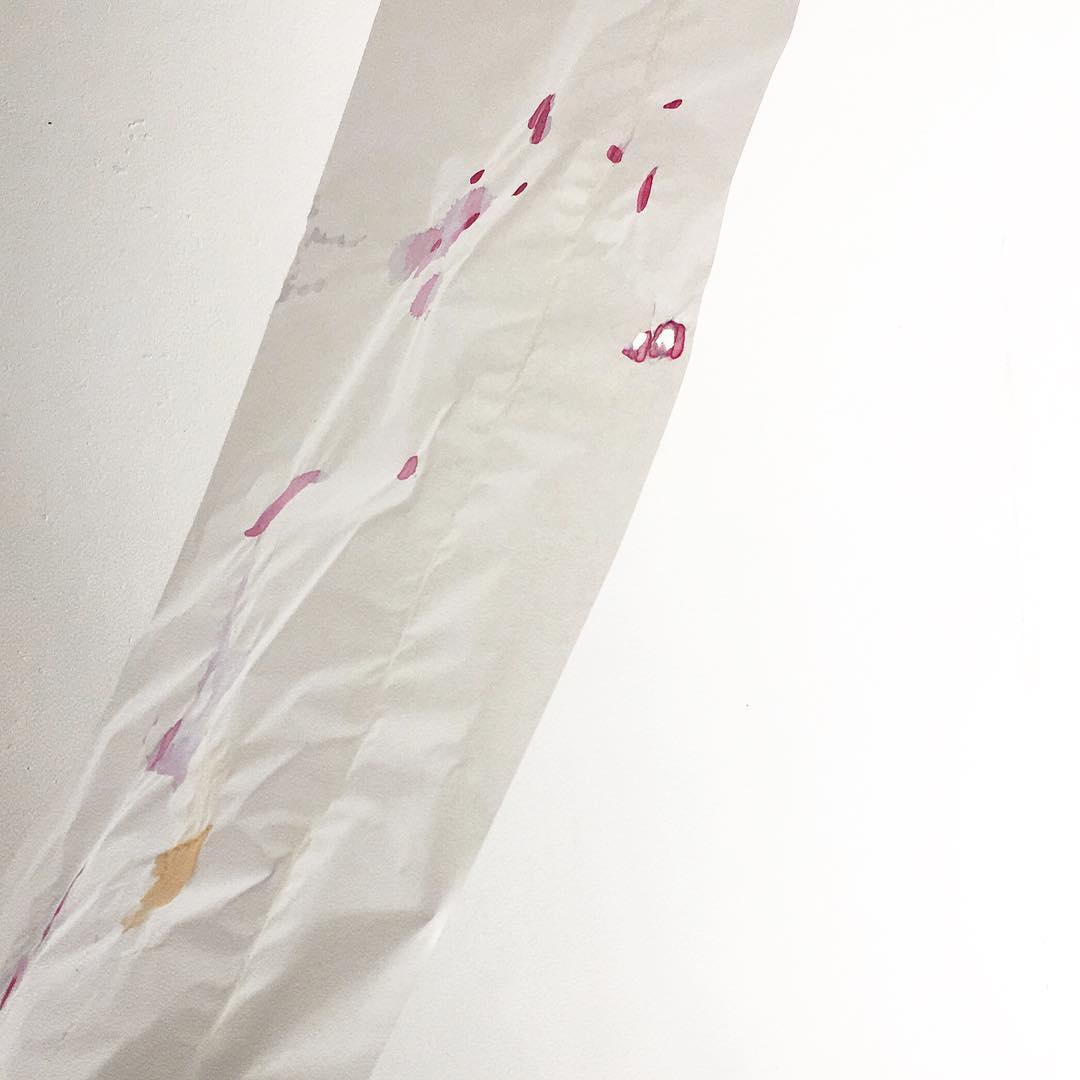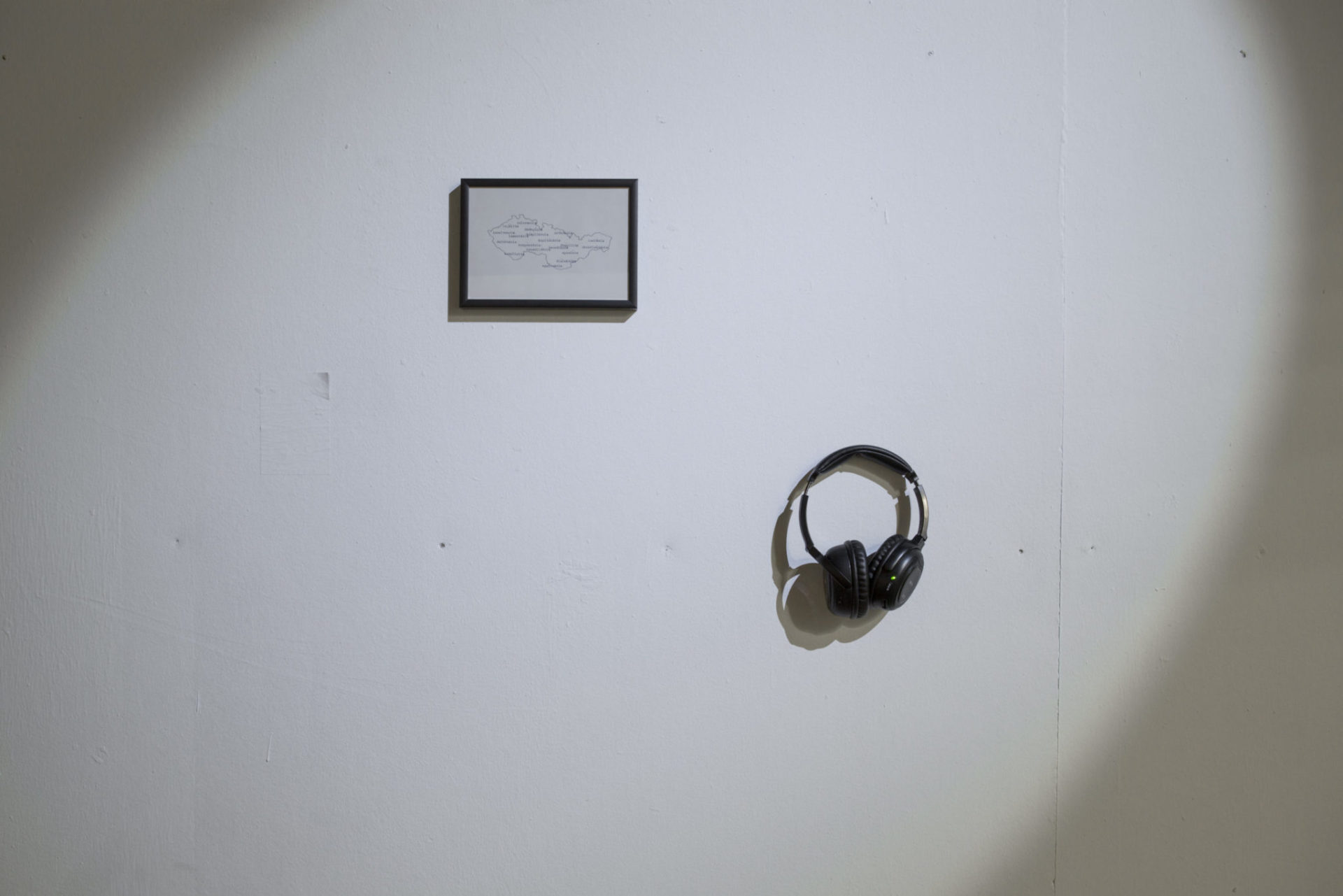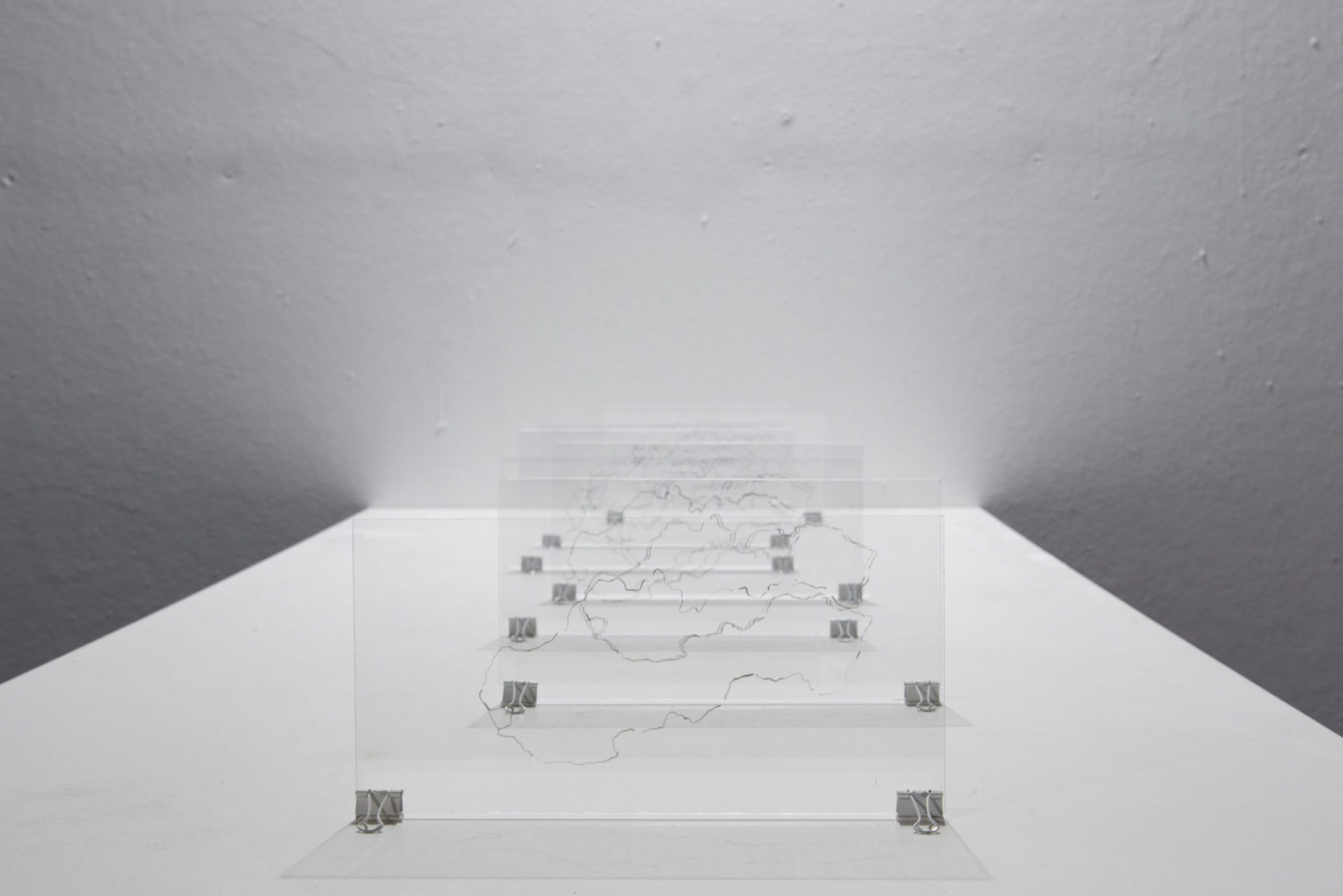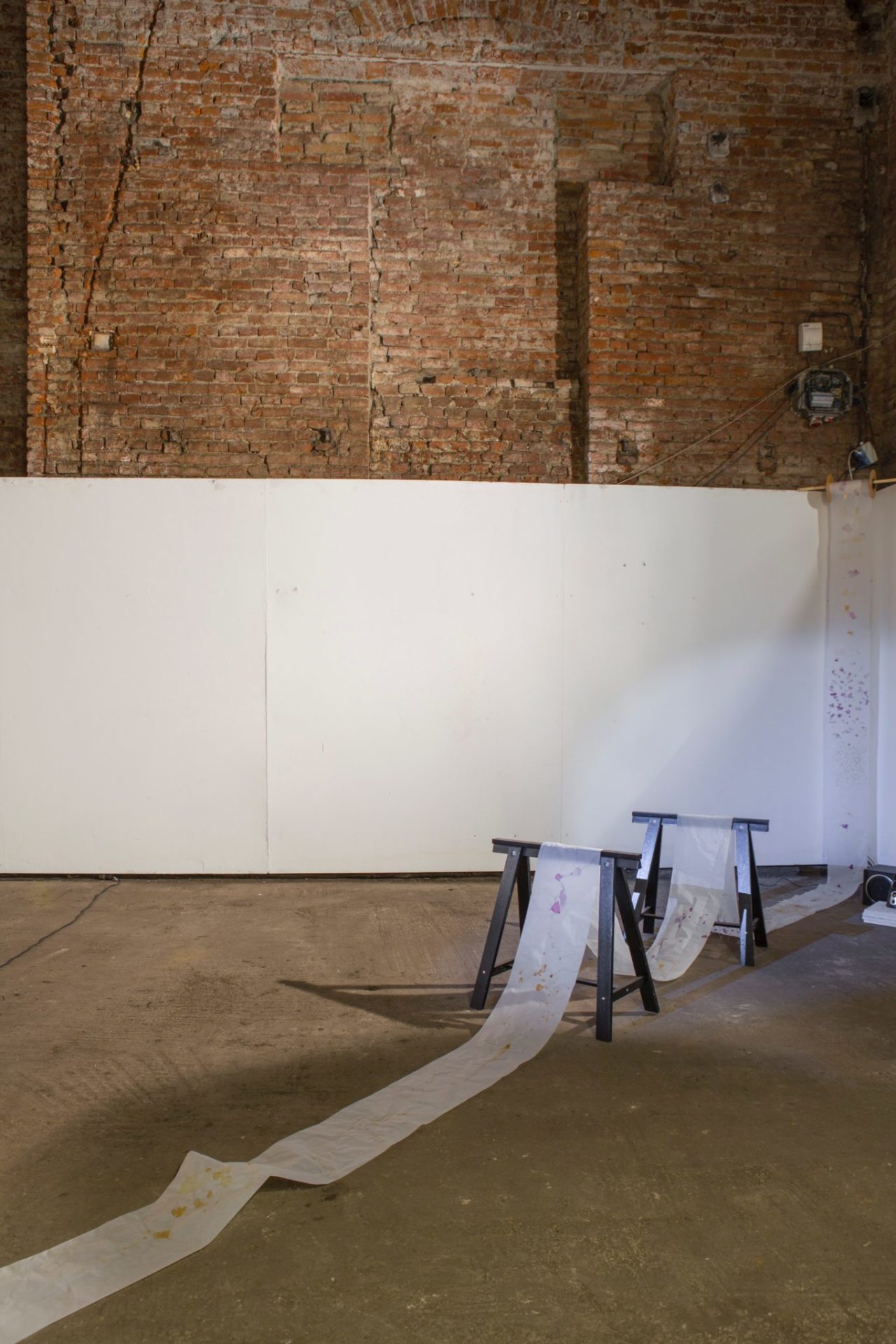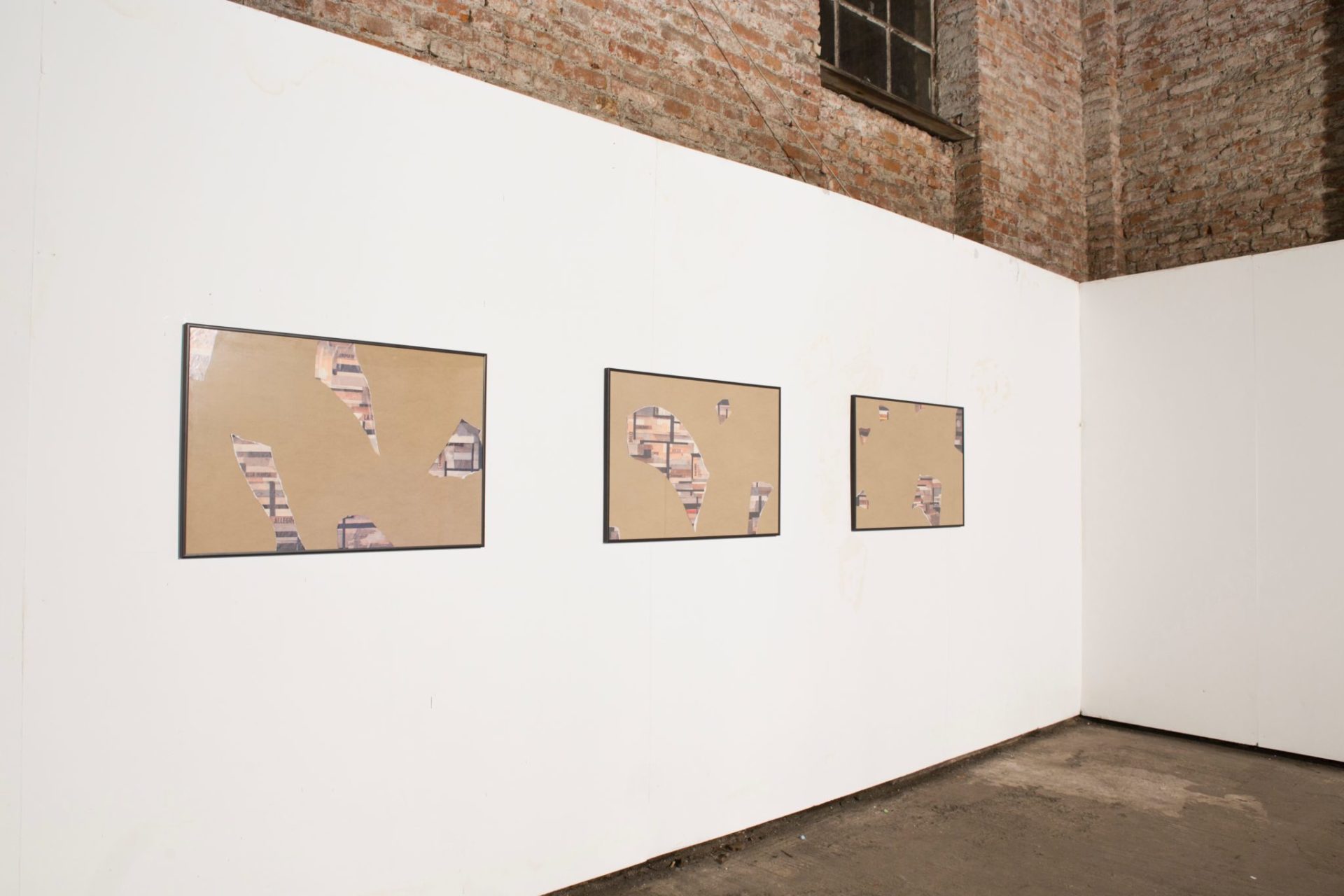Based on research about the legendary Slovak composer, musicologist and intermedia artist Milan Adamčiak and his works, Hojo presents five works with using scores, sounds, and visual images, in her exhibition Lost and Found. As a sound-based interdisciplinary artist, Hojo had an interest in Adamčiak’s massive body of work, and its social, political and cultural background, especially in 1970s. The main research question underneath this project is ‘What is forgotten in the archive, and how can we imagine the lost/silenced voices?’. Through overlapping the general meaning of ’Lost and Found’, a place where things that people have lost are stored, this exhibition would welcome visitors to imagine and rediscover lost or ignored parts, which have been regarded as meaningless. Consequently, this will also bring new questions as ‘What is the valuable?’ and ‘Who can decide it?’.
個展Lost and Found は、伝説的なスロバキアの作曲家、音楽学者、そしてインターメディアの芸術家ミラン・アダムチェク(MilanAdamčiak)と彼の作品についての研究に基づいて、はスコア、サウンド、ビジュアルイメージを使った5 つの作品から構成されている。プロジェクトはアダムチェクの数多くの幅広いジェンルに渡る作品、そして特に1970 年代にその社会的、政治的および文化的背景への興味から出発した。「歴史の中で忘れられていること、そして失われた/ 沈黙した声をどう想像できるか」をテーマに、60 年代に実験音楽家として活躍しつつ、70 年以降の強硬な共産主義下で忘れ去られ、のちに再発見されていくアダムチェクについてのリサーチをおこなうと同時に、スロバキア滞在ににおける自身の日常をお茶の出がらしで毎日記録した。展覧会では、価値のないものとして重要視されない(されなかった)これらの「素材」を用いて、「遺失物取扱い所」を創出させた。忘れられた、しかし捨てられたわけではない場所。新たな拾い主を待ち続けながら、これらはまた、「何が価値があるのか 」、そして「誰がそれを決定できるのか」という新たな質問を投げかける。
Materials: Teared paper (Used the copy of Adamčiak’s Score ’Lost Scores’ made in 1990), 3 picture frames (61.5*91.5cm) Materials: Slide Projector, 40 films based on photographs of Adamčiak’s scores Materials: 6m Scores, 13minute audio(stereo) Un/steadiness I (2018) 6 minutes audio (stereo), Display with the copy of ’s score ‘Grenzenspiel I’ made in 1968 Materials: 8 transparent plastic boards Ghost (2018)
According to Michal Murin, who is an artist and had a very closed relationship to Adamčiak, about a half of his body of work was lost. Particularly, the significant fact in this regard is many people received scores from him didn’t understand its value and just throw it away. This shows how Adam has been overlooked for many years. Are these lost scores completely vanished into the thin air? Or are these ‘souls’ still hanging around somewhere? Although it is not easy to meet directly these ‘ghosts’, we can at least know they were, or perhaps still are, exist through seeing empty gaps in between remained materials. Cohabitation (2018)
As it is written in the book ‘Archív III’ (Milan Adamčiak, Dive Buki, 2013, p.14), he has started to use copying as a tool for making scores from the early 90s. Thus, copying is not just a reproduction of an original, but it is a part of the creating process. It makes fluid relationship between the copy and the original as well as breaks the fixed hierarchy. The spots, traces or marks on his scores are sort of a proof of this. Since his scores are mainly consisted of tiny lines and graphics, sometimes it is difficult to know where the plan ended and where the happening started. Some could have been done intentionally and others might have been marked while being created, copied or even stored. Meaningless These are something in between meaningless and valuable, original and copy, certainty and ambiguity. Stained Score (2018)
‘Stained Score’ is a site-specific musical score made of tea stains on the semi-transparent paper that the artists have left throughout the two months residency in Košice. Following the nature of the score, this work function as both documentation of past events and the instruction for the future acts. Although so parts are adapted later on, the fundamental choices such as a selection of teas, ways of ‘drawing’ and its shapes are coincidences. The interpretations of this unconscious and personal documentation were done by the combination of the musical performance and the field-recording in Košice, which grouping is based on colours, reddish and yellowish parts respectively. Dots, circles, straight or curved lines in every direction are reflected to a variety of sounds. Un/steadiness I (2018)
Un/steadiness II (2018)
Lines on 8 transparent boards were produced through tracing a template rulers which shape is the country of Slovakia. In response to the background of the work ‘Grenzenspiel I’ by Adamčiak which was created as a reaction of ‘Operation Danube’, an invasion of Czechoslovakia by five Warsaw Pact countries – the Soviet Union, Poland, Bulgaria, East Germany and Hungary in August 1968, these two works ‘Un/steadiness I,II’ propose to catch the certain shape out of scattered lines. Its ever-changing image between unsteadiness and steadiness implies the unstable aspects of the concept that looks no doubt.
